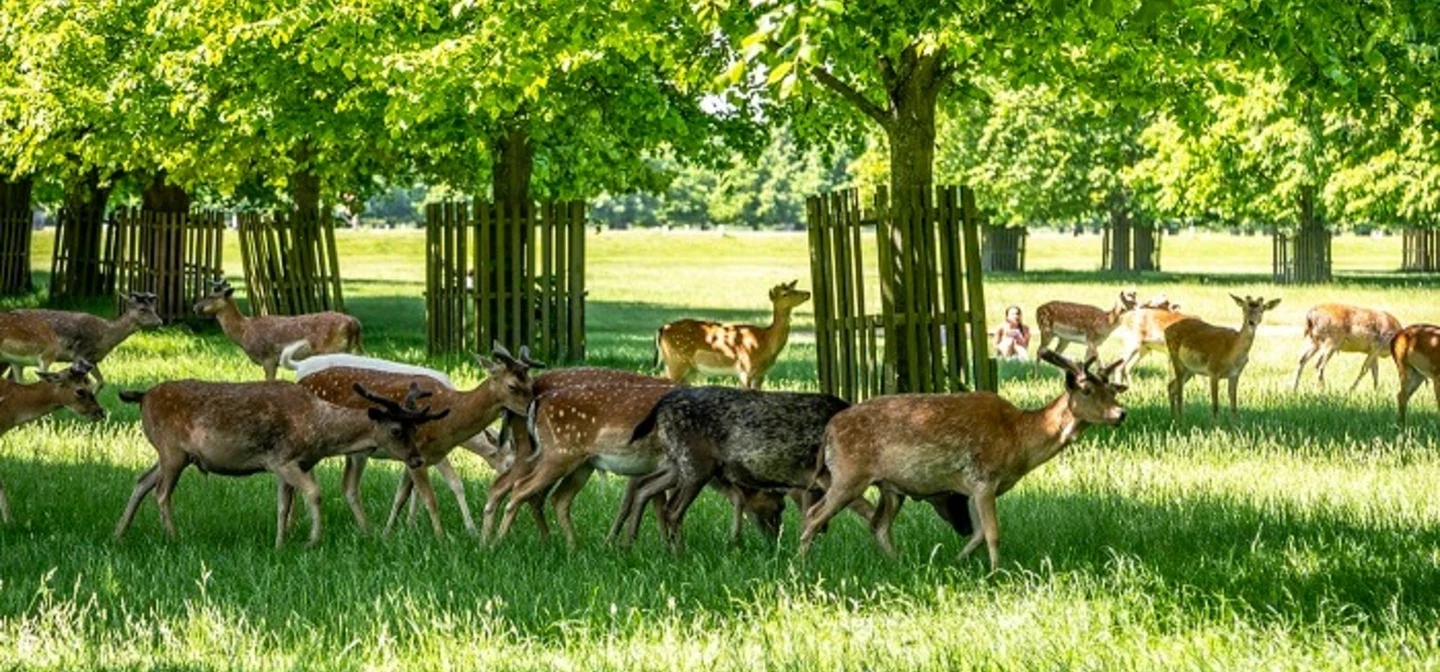
Working with wildlife in the heart of the city
We’re working hard to provide the best environment for wildlife across London’s eight Royal Parks. Here’s a look at the work we do and why we do it.
The Royal Parks are a testament to the dedication to taking care of wildlife and promoting biodiversity in London. The parks contain more than 170,000 trees and shrubs (some are more than 500 years old and classed as ancient!), and thousands of species of animal and plants live in the 5,000 acres. Managed by The Royal Parks charity, these green spaces represent a crucial effort in urban wildlife conservation, offering a glimpse of nature amidst the bustling city life.
But these are enclosed environments within an urban setting, where wildlife cannot be completely left to run wild. Over time, populations of some species may grow to an unsustainable level – potentially harming other species and the landscape.
It’s down to us to make sure that wildlife is monitored and cared for so that all species can co-exist and thrive in the parks’ delicate ecosystems. This is a cornerstone of our approach to taking care of wildlife and fostering biodiversity in London, ensuring that urban wildlife conservation is prioritised.
And this requires round-the-calendar monitoring and management which we carry out to the highest standards, a critical component of our mission to help wildlife.
As much as possible, we strive to leave wildlife to co-exist as nature intended. But occasionally, we do need to step in.

Supporting vulnerable species
To start with we’re running a number of programs to support struggling species.
We’re protecting the increasingly vulnerable hedgehog. They’re declining across the UK because of habitat loss and poor management of hedgerows. And there are very few places you’ll see one in London. In fact The Regent’s Park is now the only place you’ll find a breeding population in central London, spotlighting the critical role of urban wildlife conservation in maintaining biodiversity in London. Our hedgehog team works in The Regent’s Park in May and September every year to monitor the prickly creatures and to find ways to create the best habitat for them to help them do well - for instance they need somewhere to hibernate, so our park management team is careful not to always clear piles of leaves at the base of trees
We’re also collecting information about grassland insects to help park managers provide better habitats for wildlife, re-establishing meadows just half a mile from Oxford Street which we hope will become a haven for many species.
These actions underscore our commitment to urban wildlife conservation, ensuring the Royal Parks serve as biodiverse spaces that help wildlife flourish amidst the urban landscape.
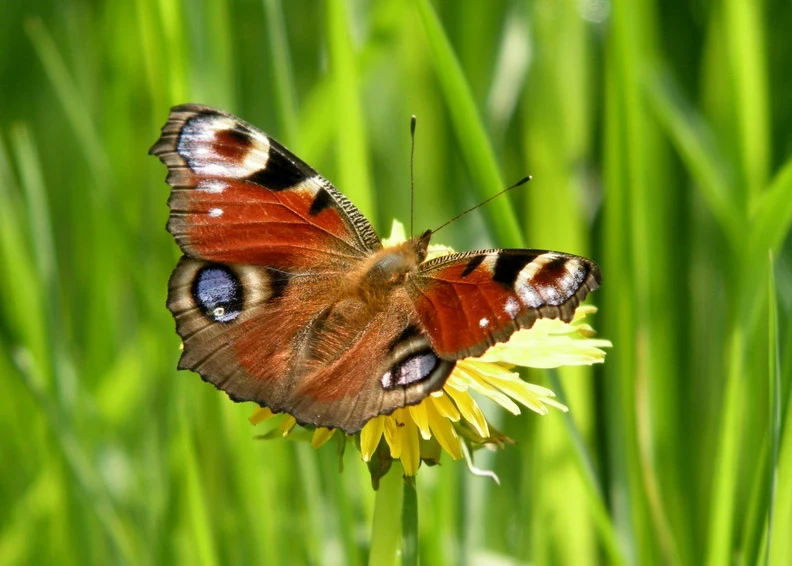
Maintaining the ecosystem
But there is the other side of the coin to consider. When there is absolutely no alternative, management can also involve humanely controlling certain animals as a last resort. Without this careful control other species across the parks could fail to thrive or disappear altogether. This is a crucial part of maintaining the ecosystem, taking care of wildlife, and ensuring urban wildlife conservation.
For example we may need to destroy rats if populations become too large, as they can carry diseases and parasites that are potentially harmful to humans and other animals.
We may need to control small numbers of pigeons if numbers get out of control as they can carry disease. Or we may need to manage crows and magpies, which are predatory birds that raid the nests of other birds, stealing eggs and chicks, to help wildlife and promote biodiversity in London.
Importantly The Royal Parks is also an expert manager of enclosed deer herds in Richmond and Bushy Parks. In Richmond Park, more than 600 Red and Fallow deer have been roaming freely since 1637 and in Bushy Park a population of more than 300 deer have lived there since the times of Henry VIII. The deer have played a major role in the history of the parks and have shaped the landscape too, creating grasslands of such quality that these parks have been designated sites of special scientific interest. But they wouldn’t be the strong and healthy creatures they are today if it wasn’t for expert management. The herds are under veterinary supervision, and we cull the animals during two periods each year to keep them at a sustainable size, a critical component of taking care of wildlife.
Without population control, excessive herd sizes would lead to sickness in the deer through a build-up of parasites and diseases, with weaker deer vulnerable to exposure from the cold during winter. We also want to ensure that only healthy deer breed each year to maintain a strong herd in the years to come, aligning with our goals for urban wildlife conservation.
And finally some animals not only damage other wildlife but also the landscape. For example squirrels predate bird’s nests, eating young birds and eggs, but also can cause major damage to trees by stripping bark, increasing their susceptibility to disease or even death, as well as removing flower buds from trees and shrubs. Populations could grow out of control if they were not humanely controlled. And unfortunately numbers of squirrels are increasing at a greater rate than nature intended because of visitor feeding, challenging our efforts to help wildlife and maintain the ecosystem.
Parakeets too eat shoots, buds and seeds from trees causing extensive damage. We have stepped in, in the past, to control the numbers of these birds. But the good news is these populations now appear to be stabilising. As with all wildlife we will continue to monitor the situation.
We don’t take any of this lightly. Our ultimate aim is to ensure that no animal suffers and our teams are fully trained in animal welfare, operating to the highest standards, embodying our commitment to taking care of wildlife and urban wildlife conservation.

We can all do our bit
Visitors can help too. It might seem a bit of harmless fun throwing a few crusts to the ducks, particularly in a busy city like London, and the desire to feed wildlife comes from a good place, but leaving wildlife alone is often the kindest thing to do. We ask visitors not to feed the wildlife. There is an abundance of natural food in the parks for all wildlife to feed on, including insects and wildflower seeds. This aligns with our goals of taking care of wildlife and promoting biodiversity in London.
Excessive feeding in the parks encourages large groups of birds such as gulls and crows. They bully other birds, stealing their eggs and killing their chicks. Leftover food can attract rats, and water quality can be impacted through uneaten soggy bread and waterfowl faeces. Feeding from the public also attracts large numbers of waterfowl, which leads to overcrowding and stress, and helps wildlife diseases spread, challenging our urban wildlife conservation efforts.
It also would be a huge help if people could pick up their dog waste. Worming agents given to dogs contain chemicals called bisphosphates, which make the way into the dog’s faeces. This can then act as insecticide – and destroy the populations of insects that provide the basis for a thriving ecosystem of plants and animals. Another way to help wildlife would be to make sure dogs that have had flea treatments are kept out of waterways for at least a week. This is because pet flea treatments contain strong insecticides that are highly toxic to aquatic invertebrates.
Through this effective management we’re able to create the best environment for all wildlife in our parks, so that visitors can interact with nature on their doorsteps, stepping away from the hustle and bustle of city life and into the tranquillity of the park land. Maintaining the ecosystem in such a way ensures that visitors and wildlife can coexist harmoniously.
And together with your help we’ll be able to continue to provide thriving green spaces for millions to enjoy for many years to come, embodying our commitment to taking care of wildlife and advancing urban wildlife conservation.
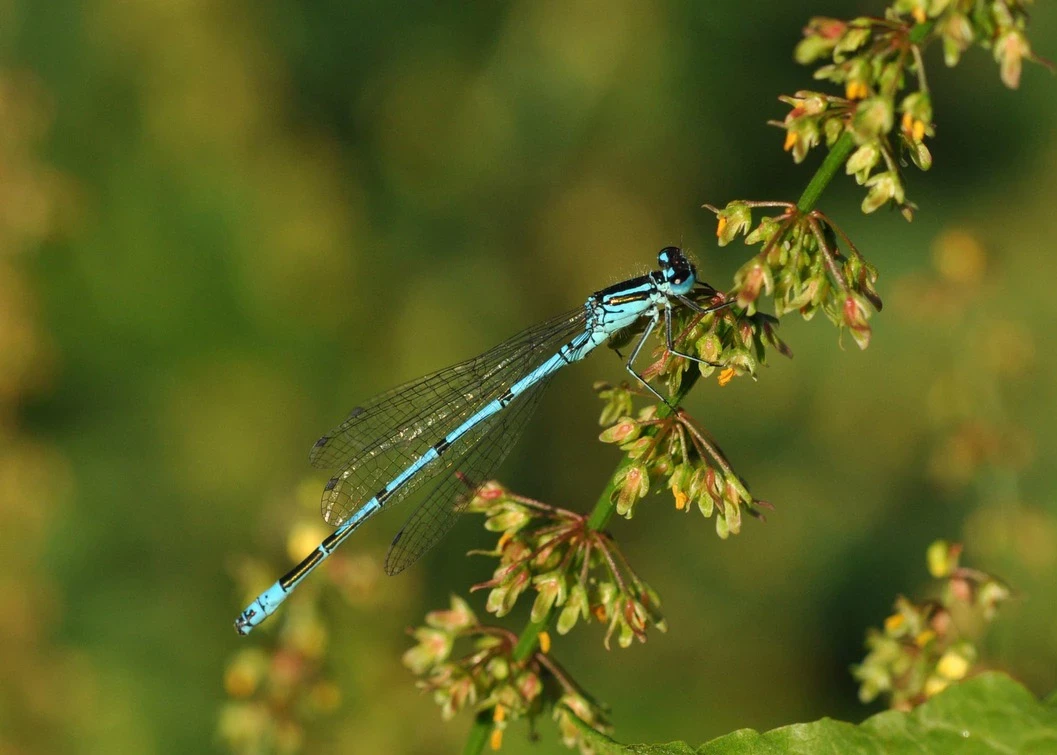
Further reading
-
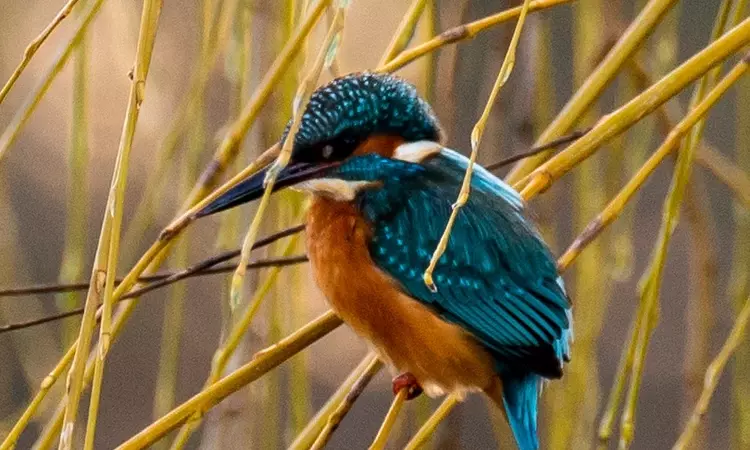
How The Royal Parks helps nature thrive
How The Royal Parks helps nature thrive
-

Nature & wildlife
Life flourishes in the Royal Parks, and we want to keep it thriving for decades to come.
-
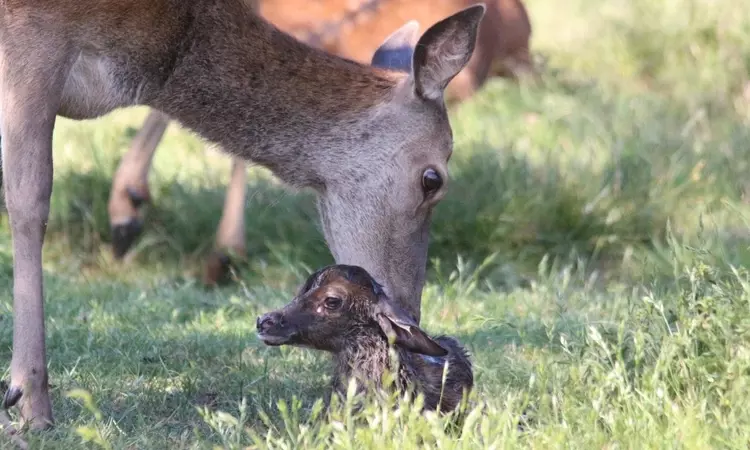
Six things you should know about deer birthing season
Discover when deer have babies during their birthing season. Explore their habits and the importance of respecting their privacy in Richmond and Bushy park
-

Greenwich Park’s Flourishing Grassland Habitats
Regular visitors to Greenwich Park may have noticed changes to the landscape, finding themselves strolling through longer grasses in new areas.
-
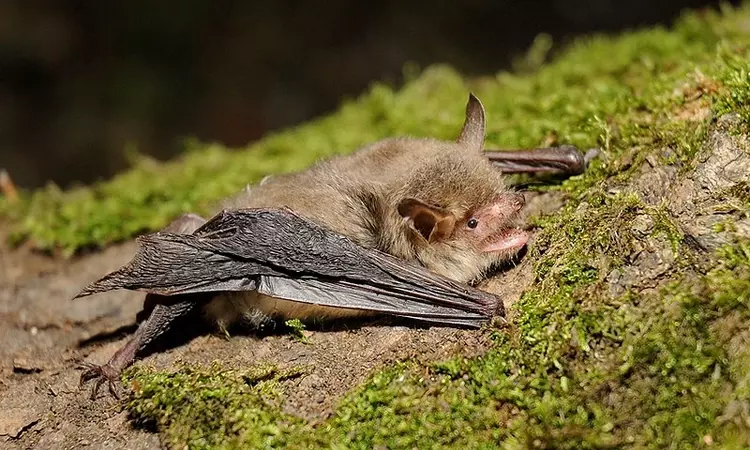
UK Bat Species
Bats are amazing creatures. Found across the world, they’re the only true flying mammal, and one of our most misunderstood species.
Related Articles
-
 Read
ReadHelp save the song of the skylark
Discover how skylark protection efforts in Royal Parks help preserve the song of this red - listed species.
-
 Listen
ListenHelping Nature Thrive
In this episode, host Kristen Mueller delves into the many ways that we can help nature thrive in the parks.